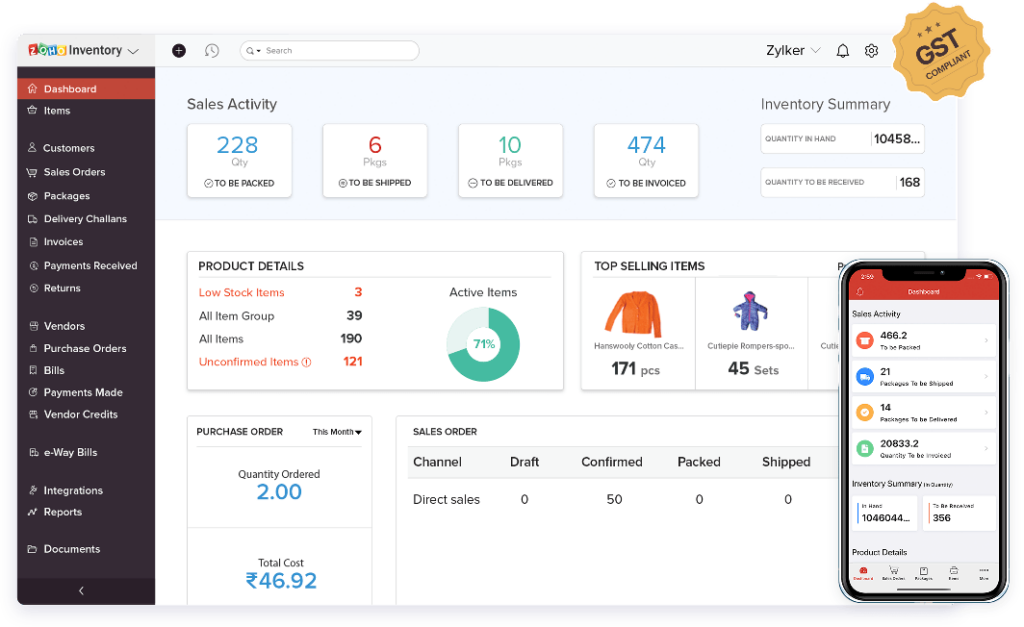
Marketplaces are now where people go to learn about products and buy them if the price is right. Gross merchandise volume (GMV) from the world’s top 100 marketplaces is thought to have been $2.67 trillion in 2020.
Two-thirds of this number came from just three marketplaces: Taobao, Tmall, and Amazon. This sector is still increasing as clients, notably those in developing nations, find new locations. Etsy’s GMV will reach $10,3 billion in 2020, up from $314 million in 2010.
These raw data demonstrate why brands might consider selling through marketplaces, but:
- How should companies handle this?
- What do you need to know to sell on a marketplace?
- What’s the best way to plan for the future?
- What is a market, exactly?
To start answering these questions, it helps to define what a marketplace is. Simply put, a marketplace is an e-commerce site that brings together buyers and sellers from outside the site. The marketplace may charge a monthly subscription fee in exchange for listing a seller’s items.
There are marketplaces that service other sectors or portions of the world besides Amazon Marketplace or eBay.
Overall, in the world of multichannel digital retail, marketplaces fall somewhere between traditional stores and selling directly to customers. As with a retailer or wholesaler, the marketplace will want some information about the products it lists. In exchange, brands could get a lot more information about who is buying their products, though maybe not as much as when they sell directly to consumers (D2C).

How to start selling on marketplaces
At first, brands may be tempted to see the need for specific product data as an administrative burden. However, a better way to think about the work that needs to be done is to realize that these kinds of requests are now made by every sales channel. All kinds of business are now driven by data. So, brands should think about how to make the process of giving this information as easy as possible.
One solution is to use a Product Information Management (PIM) system, which stores all the information about a product that is sent to different channels. This is partly about how well things work. The PIM becomes the system that a brand uses to add to and improve the information it has about its products. It’s a place where images, videos, and product specs live, but each brand sets up their PIM and ERP systems differently.
Some of this information will be shared among different channels. Other data, a certain type of image, or a product description of a certain length can be matched to what a channel like Amazon Marketplace or Etsy needs. Most of the time, “connectors” are already available to make the syndication of product data even easier.
It’s also important to note that brands can work with marketplaces in different ways, which may change the data that’s needed.
The information brands get back
But brands don’t use marketplaces to improve their work flow. Instead, it’s because selling well on marketplaces brings in both money and information, which is where the strategic case for using marketplaces really starts. As we’ve said before, marketplaces offer brands the chance to get data back. This data can help brands answer the following kinds of questions:
- Which things sold the best?
- Are there any patterns that show when and why these things were bought and by whom?
- What didn’t get bought?
- What things were sent back, and why?
- What made a brand’s product stand out from the rest?
- What kinds of problems did people say they were having?
In the past, retailers and wholesalers were most likely to have this kind of detailed information about how customers behaved. It could be very useful and revealing. Take something as simple as the information that comes from customer reviews on different shopping sites. By putting all of this information together and maybe comparing it to reviews on retailers’ sites, brands can learn a lot about how their products are doing with different groups of customers.
On one level, this could be as simple as noticing that a dress is being sent back because it is called “royal blue,” but customers don’t agree. Or maybe a product is being sent back because an image didn’t show what it really was. On a more positive note, the data that comes back can be used to help make new products.
Getting these kinds of insights can also show surprising patterns in how people act, like when a brand appeals to people from very different groups for very different reasons. As soon as brands notice these kinds of patterns and regional differences, they can change their marketing to take advantage of new opportunities.
As a step toward direct-to-consumer sales, marketplaces are used (D2C)
Speed to market is one thing we haven’t talked about yet. One of the best things about marketplaces for brands is that they make it easy to reach customers quickly. This is especially important for brands that might not have a lot of e-commerce experience in-house.
For these brands, going direct-to-consumer and starting e-commerce from scratch can be a huge job. By using marketplaces as a step along the way, on the other hand, brands can gain experience that they can later use to build their own e-commerce site or even something more creative, like a subscription service.
Conclusion
This is maybe the most important strategic reason to use a marketplace. It’s not that marketplaces are the end goal; it’s that mastering the skills needed to sell on marketplaces gives brands the tools they need to sell across channels, and the key to this is making sure that product data is managed and used well.





